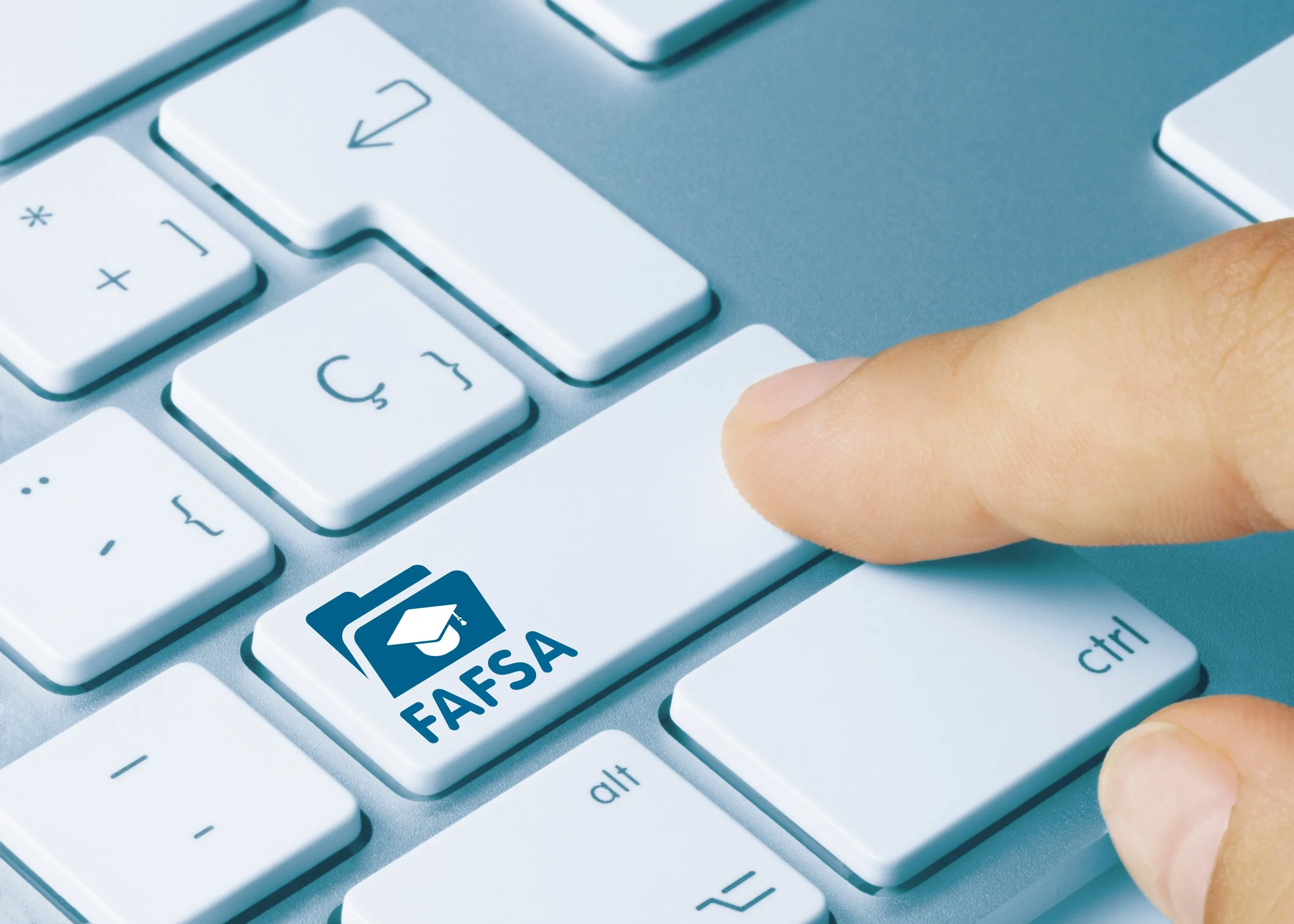Chapman falls short of fall 2024 enrollment goals
Photo Courtesy of Adobe Stock
Chapman University faced a decline in student enrollment for the 2024 academic year, primarily driven by delays in the financial aid process.
The complications in the 2024 admissions cycle led to an incoming class that failed to reach Chapman’s enrollment goals. Although enrollment was low the student body, classes and programs will not be impacted, according to vice president and dean of enrollment, Mike Pelly.
The decrease in enrollment was largely due to changes and delays with Free Application for Federal Student Aid (FAFSA) that left many students without any financial aid by the enrollment deadline, May 1, 2024. Many students say financial aid heavily influences their choice of college.
Chapman typically enrolls between 1,800 and 1,900 first-year students during the fall admission process. However, according to Pelly, this year the number dropped down to about 1,676 students. This data is not officially finalized until the fifth Monday of the academic school year to account for students who do not make it to the fifth Monday or register for classes late.
For the fall 2024 admissions cycle Chapman admitted about 1,300 more applicants than the previous year but enrolled about 200 fewer students, reported Pelly.
“The biggest issue was the drop from around 20 to 22% of students who accept the offer to 16%,” said Pelly. “This is a significant anomaly.”
Pelly noted the challenges with FAFSA was the primary factor in the decreased yield rate for admitted students. New students and those who needed to make corrections faced issues with submitting FAFSA.
“In my 38 years of ever doing this COVID-19 was the most disruptive thing we faced. This financial aid form was the second most disruptive. That is how bad it was,” Pelly said.
Students who struggled with submitting FAFSA were forced to look elsewhere.
“There are some students today who still cannot make corrections,” Pelly said. ”Students were unable to file financial aid and just kind of gave up on us.”
Many students consider financial aid awards a top factor in their college decisions.
A recent study revealed 76% of students said their college choice was influenced by the financial aid process and the amount of aid they were awarded, according to a survey by Ellucian and EMI Research Solutions conducted in March.
“Financial aid was the deciding factor in my decision to choose Chapman,” said Joe Hoodenpyle, a senior screen acting major. He was deciding between Chapman and Southern Methodist University, a similar-sized private school in Dallas.
“Chapman was less appealing than my other option, but because it became more affordable it was the best choice,” Hoodenpyle said to explain that what Chapman may lack in ranking and high-level athletics, it makes up for with student financial aid. “For many people, if they don’t get financial aid it's a barrier to entry. Chapman is an expensive school.”
Pelly noted that the FAFSA challenges were not the only variables contributing to the low enrollment. “I am blaming about 80% of the problem on financial aid,” he said.
“The melt rate went up four points this year. The melt rate increased from around 9 to 10% to about 14%,” Pelly said. Melt is the percentage of deposit students who cancel their deposit, affecting the overall enrollment numbers.
“We went to the waitlist several hundred deep,” said Pelly. “As we are importing one we are exporting one.”
According to Pelly another cause of the low enrollment rate is college rankings favoring public institutions over private institutions.
“In terms of how it will change the atmosphere I do not think it will change at all,” Pelly stated. Although Chapman University fell short of their goal, he said the student life and feel will not see a significant difference.
Pelly explained that the university and admissions department were not caught off guard and took all summer to prepare and make adjustments for the incoming class.
“Class sizes remain flat. We can expand and contract,” said Pelly. “We have that ability to adjust and we do not have to do it at the last minute.”
One area of student life that saw changes was students who received Federal Work-Study. Federal Work-Study is part of students' financial aid packages that allow students to work on and off campus.
“(It) affected the numbers of students that have Federal Work-Study, definitely. There are less students that have Federal Work-Study,” Vanessa Reynoso said, the supervisor of the Student Employment Program.
Although fewer students received Federal Work-Study, the low enrollment has not directly impacted the Student Employment Department. The overall reports for Student Employment are not finalized until the first week of October, but Reynoso said she has not seen any changes due to low enrollment.
Looking to the future Pelly said Chapman is continuously growing due to its prestige, but the Admissions Department will continue to face challenges with FAFSA.
“We have already been notified that the financial aid problems are not going away,” Pelly said.

